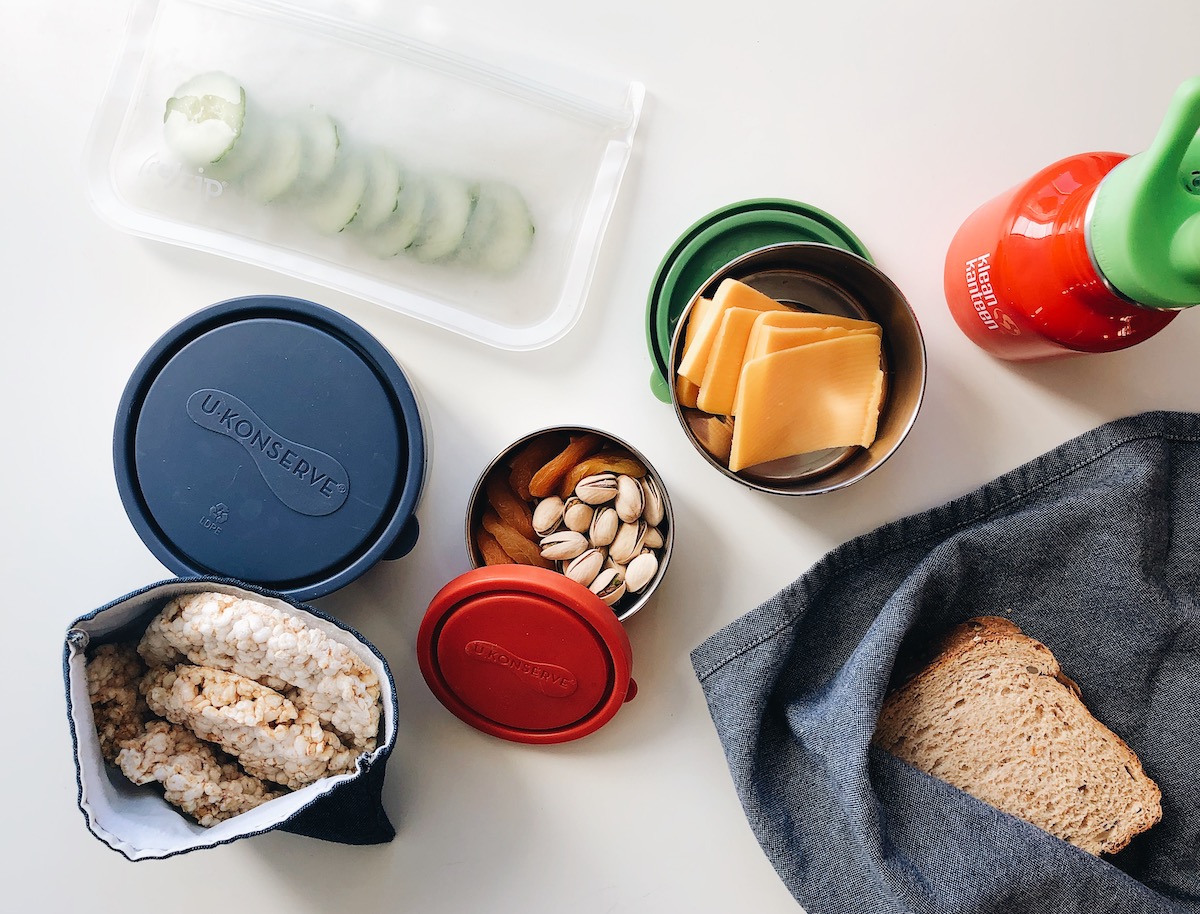
Heather lives in Cincinnati with four kids in elementary school. She loves cooking and has mastered the art of packing low-waste lunches for her kids almost every day. As our first guest writer (🎉), she’s sharing simple ways to reduce waste in lunchboxes and what a carefully collected lunch packing drawer looks like.
When you have four children in elementary school you will make a lot of sandwiches. I mean a lot. At home, for school, and between eating free samples at Costco, you’ll find the kids eating sandwiches.
When I’m sending sandwiches to school or packing the extras for each lunchbox, it’s quickest and easiest to tuck everything inside little plastic snack baggies.
But the thing is, even though most of us were raised in the age of plastic, we’ve come to realize it’s just not cool to keep using so much of it.
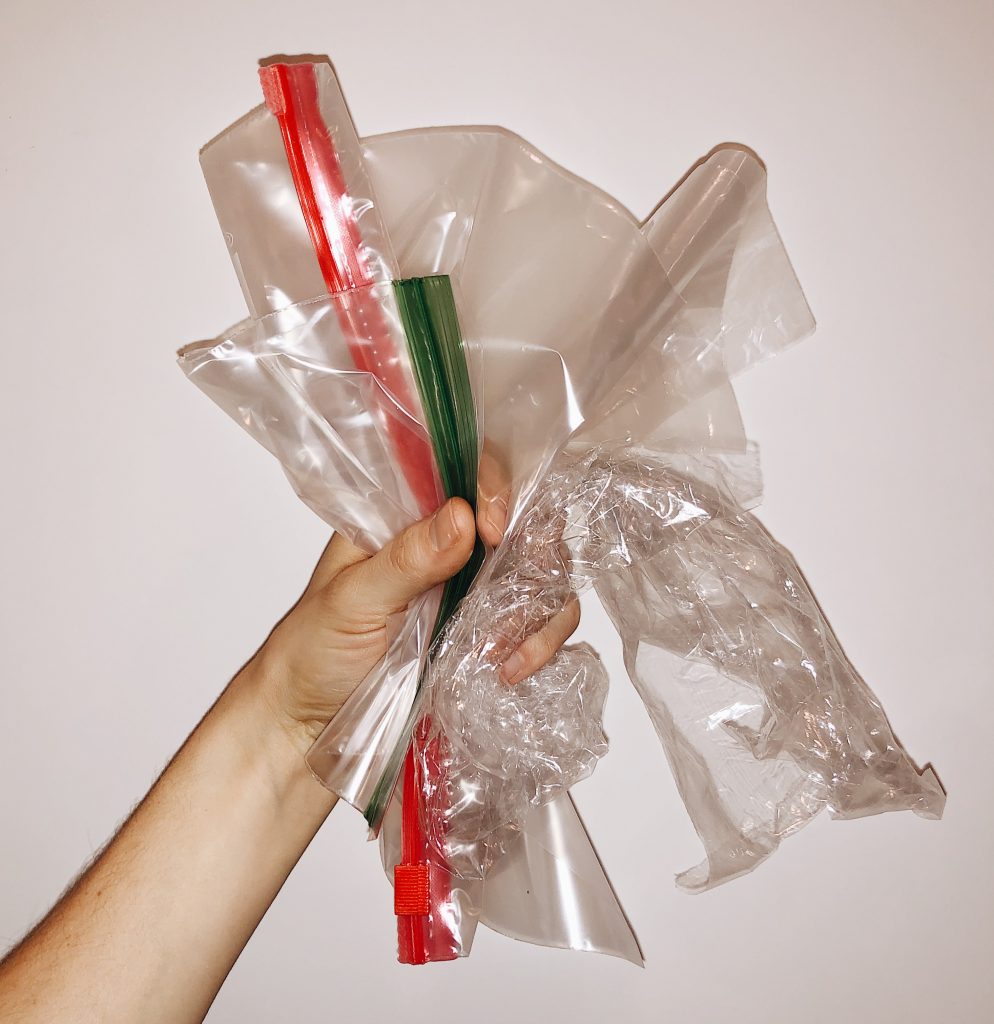
The problem is we often don’t know the alternatives to using plastic when packing food to go, especially for our kids’ lunches (If you are my mother you’re probably saying, just wash out the bag and reuse it! but cleaning sticky nut butter and jelly out of a plastic bag is really not my thing.).
My kids often chose the free lunch at school, but a few years ago I decided to explore other options for packing lunches.
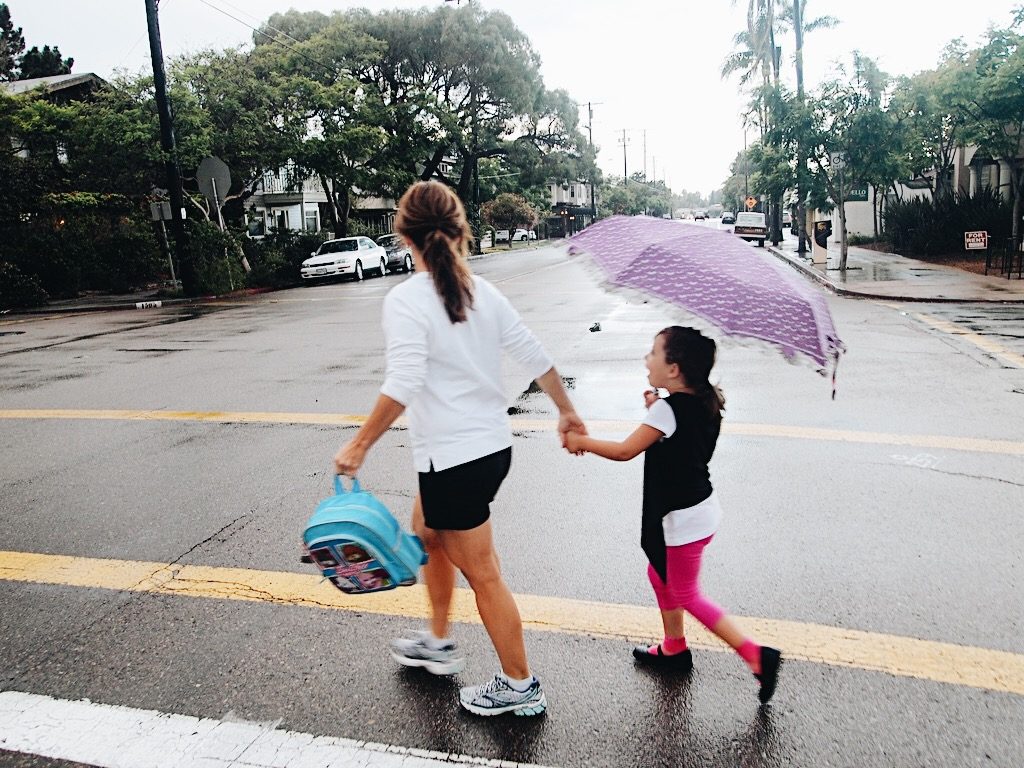
I’ve wasn’t always aware of the negative cost of plastic/non-degradable waste on the environment but I was always raised around women who valued conservation for the sake of economy. My grandparents were children of the Great Depression who could pinch pennies anywhere and my mother cooked from scratch and was always preventing food waste as much as she could. She would also use glass jars to store leftover foods and when we did use plastic baggies, she often reused them many times over.
So while I’ve never been overtly wasteful in my own kitchen, I have absolutely been an overwhelmed mother juggling many responsibilities and the appeal of convenience is real. When all four of my kids started attending school last year I began exploring alternative lunch-packing-methods because I just knew it wasn’t sustainable for us to use loads of plastic every day.
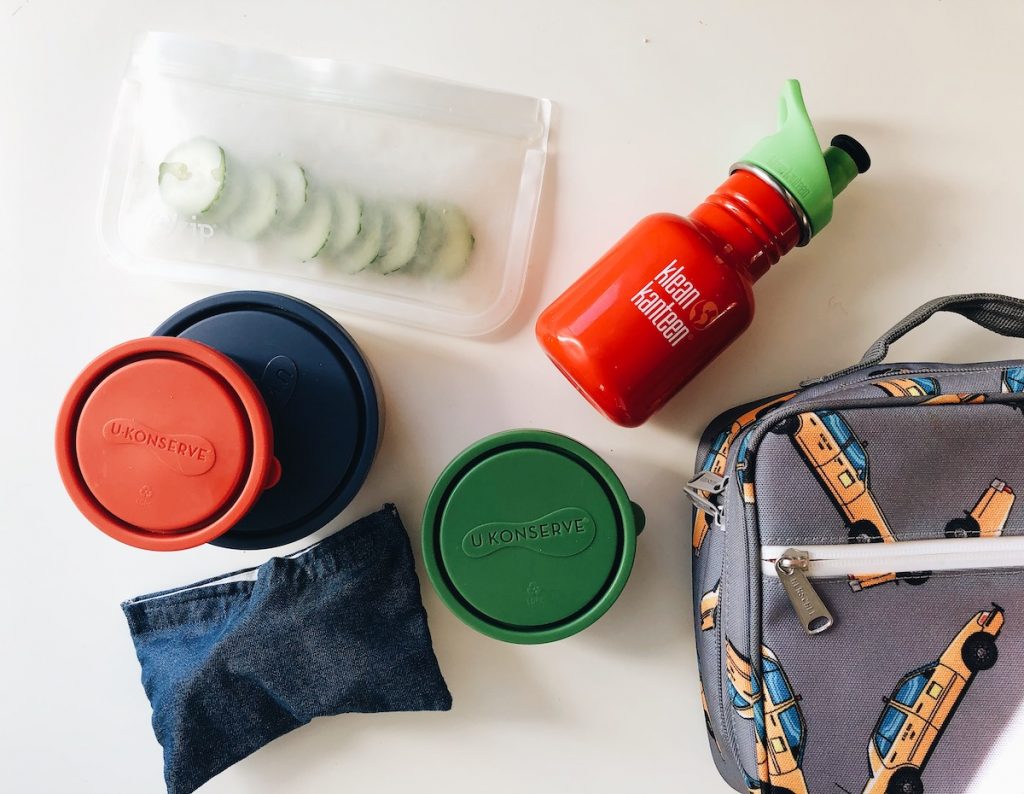
I didn’t make the switch overnight. That’s just unrealistic unless you have the time, energy and money to make it happen.
Gradually making simple changes worked well for me, and that’s what I suggest to anyone else wanting to reduce waste and single-use plastics. My strategies were to purchase one long-term food storage item per month, keep an eye out for things on sale, and watch for discounted items at thrift stores.
My favorite places to look for reusable food storage containers are big box stores like Target, Marshalls, or TJ Maxx. Check the back to school section right after the rush, when everything is on sale! I also order containers from Amazon and Thrive Market, and find stuff at thrift stores too.
All four of my kids are in full-day school this year. All four of them take a packed lunch. When I first began started sending lunches every day, it quickly became apparent what items we were using over and over again. That was my starting point – I experimented with zero-waste and low-waste alternatives for those everyday items.
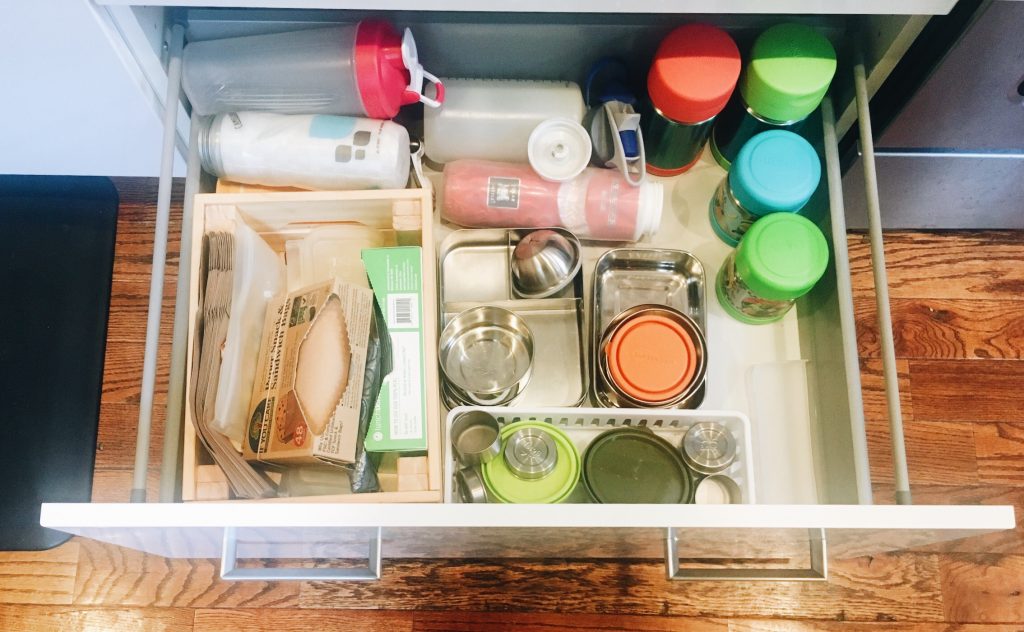
If you could take a look into my lunch packing drawer, this is what you’d see.
- A variety of stainless steel containers in different sizes and shapes to hold cut up fruits, veggies, and other finger foods.
- Thermos containers for soups or larger quantities of finger foods.
- Recyclable brown wax paper bags for messy sandwiches. No more single-use plastic baggies!
- Water bottles
- We also have cloth napkins (but we use those at the table daily so they aren’t in the drawer)
- Stainless steel straws (I keep them with the cutlery and we don’t use them for lunches)
- We have one sectional stainless steel lunch “bento box” that we tried, but didn’t love. For starters, they’re costly, and they also don’t fit the cloth lunch bags we have. When we’ve used it, I’ve found wet foods can leak onto dry foods, even with the dividers. I prefer using multiple containers to keep everything separate and un-soggy.
It’s taken me about a year to stockpile a collection of reusable food containers. Now that we have enough, it’s become quite simple to pack school lunches every day! The real difficulty is coaxing the kids to unpack their bags at the end of the day and wash everything for the next day. Ha!
Thank you for such making plastic-free packed lunches seem achievable, Heather! Small steps begin big change, and it feels good to do our part to reduce single-use plastics.
